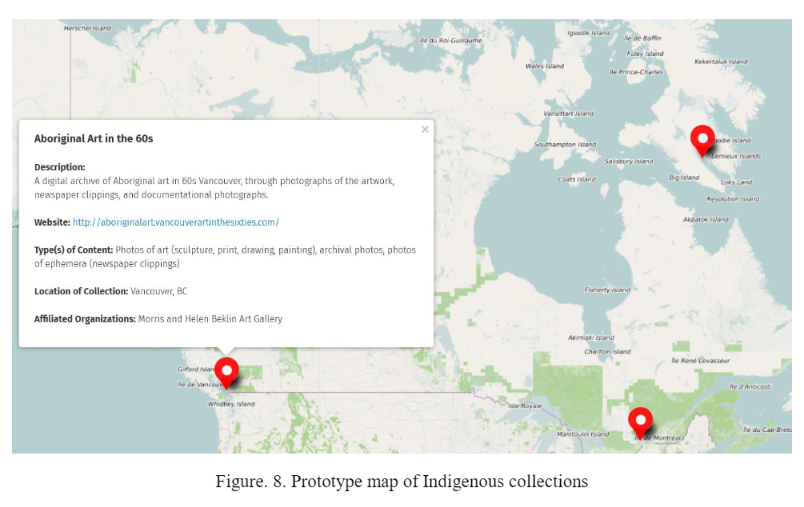I wanted to see if I could track down digitized versions of some of the content mentioned in Gingburg’s (2002) Screen Memories.
Nanook of the North was pretty easy to find and widely available, although the quality was not great. The film, originally produced in 1922, was among the first 25 films selected for preservation by the Library of Congress for it’s cultural, historical, or aesthetic significance. The essay that accompanies the Library of Congress record for the selection describes the documentary as “one of the most significant American documentaries: it operates as a Rosetta stone for debates about documentary ethics, representation, ethnography, orientalism.” You can read the full essay supporting the selection decision here.
As such a prominent film, it was quite easy to come by. The others were more challenging, but I used the IsumaTV platform to track down lots of other amazing items, including some pieces mentioned in Gingsburg (2002).
Nanook of the north (1922) Full film, https://vimeo.com/42775802
Qaggiq (Gathering Place, 1989) Full film, http://www.isuma.tv/isuma-productions/qaggiq-gathering-place
Atanarjuat (The fast runner, 2000) Trailer, http://www.isuma.tv/isuma-productions/atanarjuat-trailer
Nanook of the North, excerpt, http://www.isuma.tv/vintage-inuit-movie-collection/excerpt-nanook-north-first-documentary-ever
Ginsburg, F. D. (2002). Screen memories: Resignifying the traditional in Indigenous media. In F.D. Ginsburg, L. Abu-Lughod, & B. Larkin, B. (Eds.), Media worlds: Anthropology on new terrain (pp. 37-57). University of California Press.
Zimmermann, P. R., & Zimmerman Auyash, S. (2015). Nanook of the North.[Online]. Washington, DC: Library of Congress, National Film Preservation Board.

